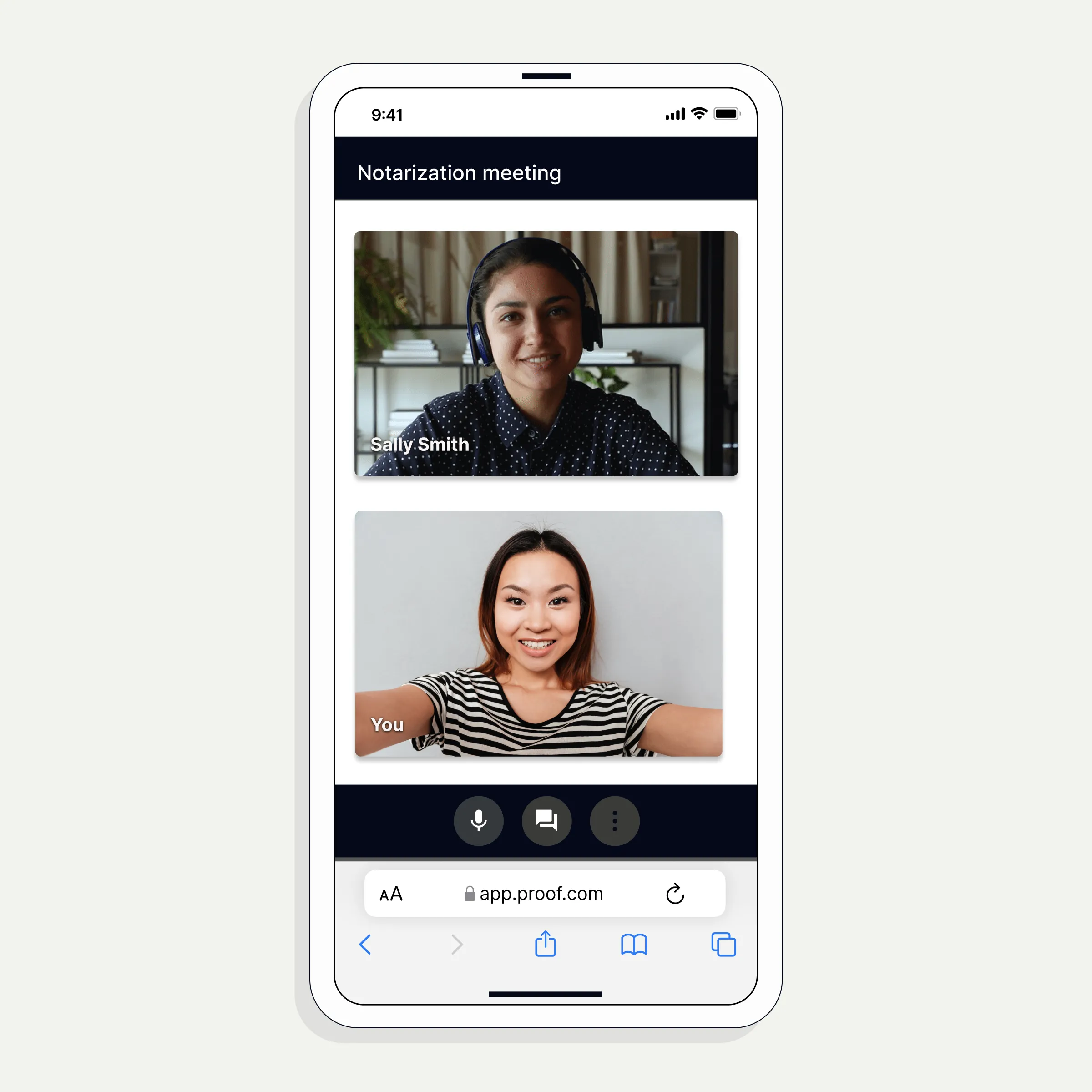
Remote notarization improves upon every aspect of the notary process. To understand how, you must first appreciate why we notarize documents.
The principles of notarization are:
- To Verify the identity of the signer
- To Ensure the signer comprehends the transaction and executes the document under their own free will
- To Witness the signing or other notarial duty, complete the notarial certificate and apply a signature and seal
- To create a record so the transaction may be verified after the fact
If asked today to create a system to address these principles, no one would duplicate the archaic in-person notarization system we've relied upon for decades. Instead, they'd look to technology to address each of these challenges.
That is what remote notarization has done. It improves upon every aspect of the notarial process.
Finding a Notary Public
In-Person
- Search online for a notary public nearby
- If you can find one, call notary to schedule an appointment for a future date or confirm availability
Remote
- No searching. No scheduling
- Notaries available live and on-demand 24x7
- You simply need an internet connection and an iPhone or computer
Meeting a Notary Public
In-Person
- Travel to meet a notary or pay for a notary to come meet you
- Pay for gas and lost time
Remote
- Connect with a notary from anywhere
- Zero travel cost or travel time for the customer or the notary
Verifying the identity of the signer
In-Person
- Notary can only visually confirm the customer's ID using their own trained eye, but may also claim known prior relationship without any proof
- Notary's discretion to proceed or not
Remote
- Knowledge-based authentication to identify the signer
- Software-based forensic analysis of ID to spot a fake ID
- Visual confirmation from the notary's trained ID
- Notary's discretion to proceed or not
Ensure the signer comprehends the transaction & signs under their own free will
In-Person
- Review the signer's immediate physical surroundings
- Engage the signer in conversation to assess duress
- Notary has discretion to halt notarization if not satisfied
Remote
- Review the signer's immediate physical surroundings
- Engage the signer in conversation to assess duress
- Notary has discretion to halt notarization if not satisfied
Witness the signing, complete the notarial certificate, apply signature & seal
In-Person
- Notary witnesses the customer sign or performs other notarial duty as required
- Notary completes notarial certificate, applies signature and seal
Remote
- Notary witnesses customer sign or performs other notarial duty as required
- Notary completes notarial certificate, applies electronic signature and seal
- Notary signs with x509 digital certificate, ensuring documents cannot be altered or tampered with after the fact
- Transaction recorded, allowing anyone to witness the signing event at a later date
Verify the transaction after the fact
In-Person
- Locate the notary and contact them manually
- Request the record in the notary's paper journal, if it exists
Remote
- Instantly access a complete digital audit trail
- Retrieve the original electronic notarization if required
- Review transaction metadata to ensure validity

